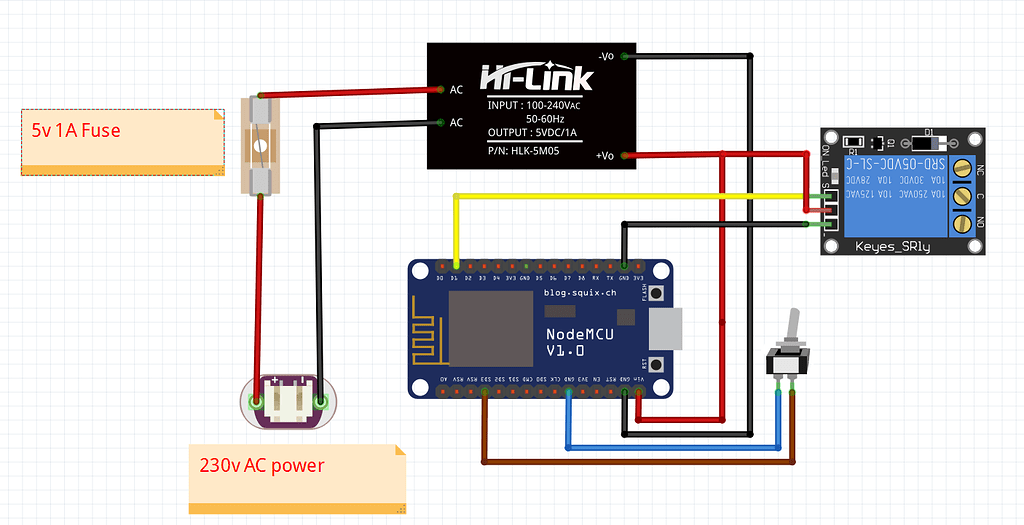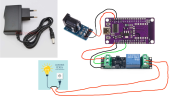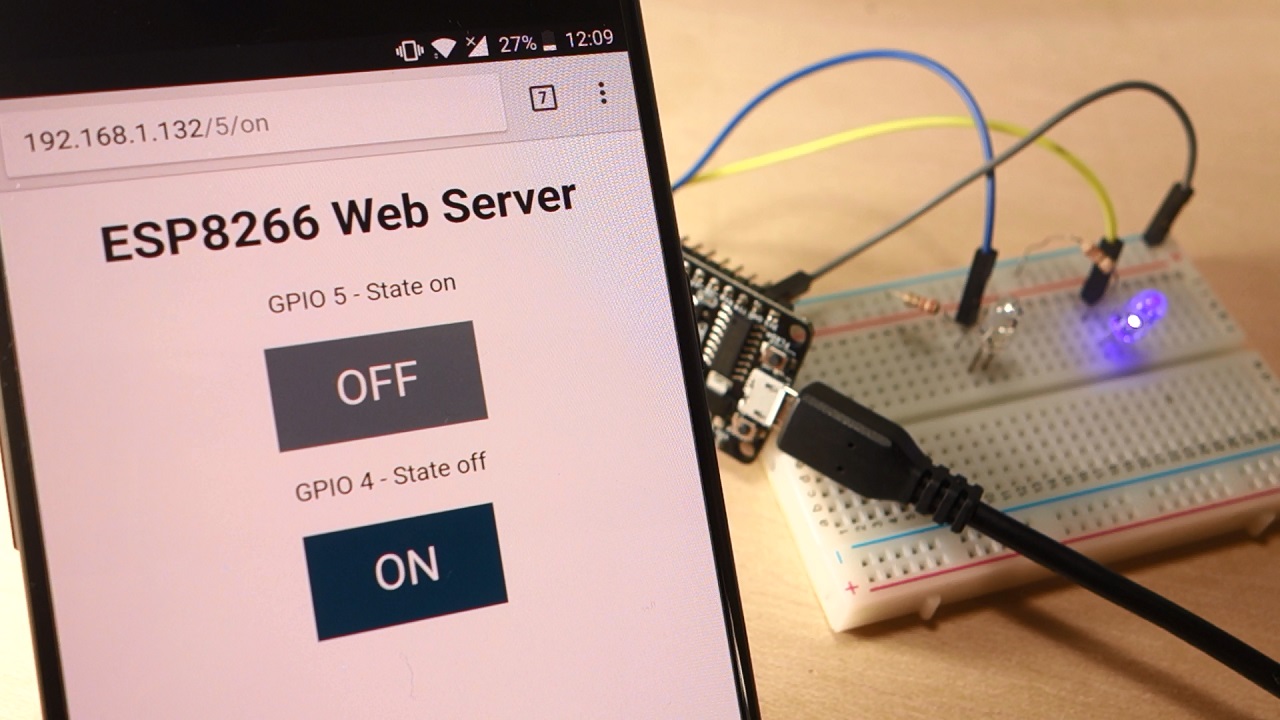I learn that there are some WiFi smart switches in the market like Shelly, Tuya and Sonoff. It is build in with ESP8266 and relay in a small form factor.
What if I want to build something similar?
I can say all of the projects on the Internet show that the ESP is powered by USB.
My question is why not use a 220v AC to 3.3v/5v DC converter that get the power from Main electric source so I don't need to get messy with another charger?

 forum.arduino.cc
forum.arduino.cc
What if I want to build something similar?
I can say all of the projects on the Internet show that the ESP is powered by USB.
My question is why not use a 220v AC to 3.3v/5v DC converter that get the power from Main electric source so I don't need to get messy with another charger?

How to power a nodemcu (esp8266) and relay without usb?
Hi everyone, I am trying to design a simple IoT switch circuit with protection feature (like a fuse). So the components I have so far are: NodeMCU ESP8266, 5v relay module and Toggle on/off switch. I was thinking about using HI-Link HLK-PM01 to power the nodemcu (3.3v or 5v pins). But was...
 forum.arduino.cc
forum.arduino.cc
Last edited:


